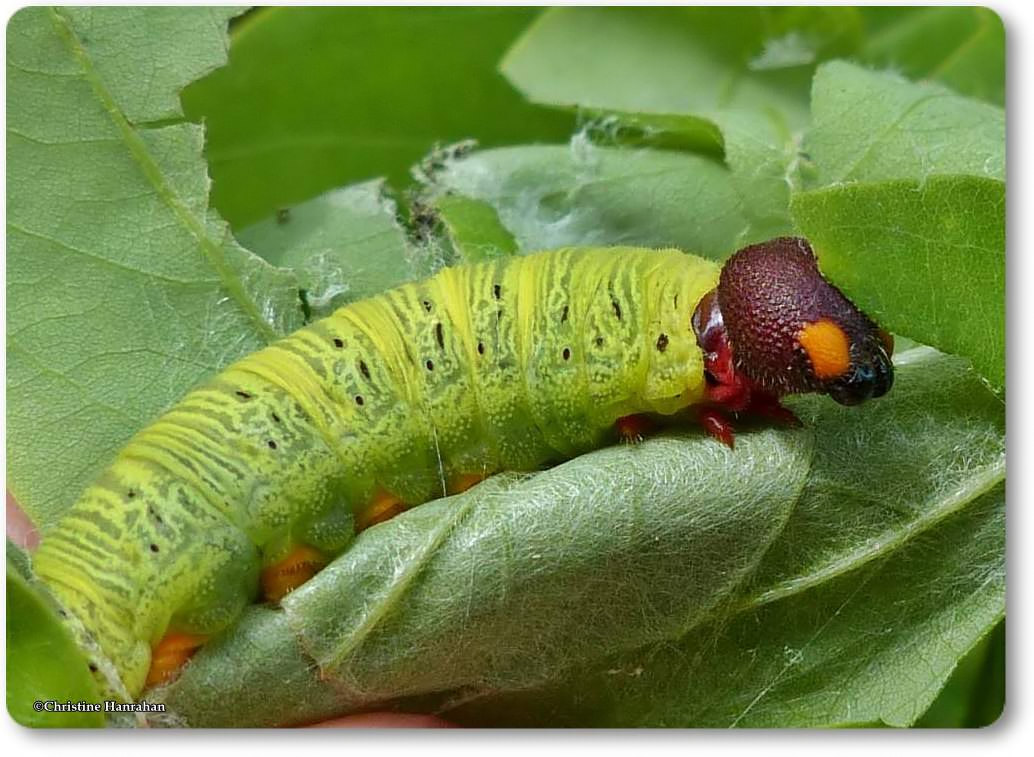

This process is called ballistic defecation. To avoid bringing parasitic wasps to their nests, caterpillars expel their waste with power. Horse guard wasps may stock their nests with silver-spotted skipper caterpillars. Paper wasps hunt down larva and steal them. What eats them and how do they avoid being eaten?Ĭaterpillars of this species are preyed on by paper wasps and horse guard wasps. Caterpillars eat crop plants like soybeans and members of the pea family, while adults drink the nectar. They may also feed from some introduced plants, including kudzus, black locusts, Chinese wisteria, and the genus dixie ticktrefoil. They may feed from false indigobush, hog-peanuts, butterfly peas, ground nuts, and American wisteria. Caterpillars eat the leafy greens of plants. Using their long tongues, adult spotted-silver skippers are able to drink nectar from a lot of different flowers. Silver-spotted skippers are able to sense sound, but unlike moths, they do not have a special organ for this sense. They can taste in their mouths and on the bottoms of their feet.

Their antennae can sense odors, touch, and possibly sound. Like other butterflies and skippers, they are able to see ultraviolet (UV) light. Silver-spotted skippers have compound eyes. Silver-spotted skippers build chrysalises inside of their leaf nest. The largest shelters are made up of several leaves together. Caterpillars only leave their shelters to feed or to build bigger shelters. As the caterpillars grow bigger, they use more and more pieces of leaves to build their nests. The first shelter is made by cutting a small part of a leaf and attaching it with silk. While they grow up, caterpillars make four different kinds of leaf nest shelters. Adults are active during the day, while caterpillars feed at night. Spotted-silver skippers fly in a jerky, acrobatic way.

( Bartlett, 2017 Hall, 2020) How do they behave? Spotted-silver skippers spend the winter in the pupal stage. In the most southern parts of their range, they can make three or more generations during the long warm season. In the most northern parts of their range, spotted-silver skippers create one generation of young per year. They build their chrysalises in their leaf nest. Throughout their development, caterpillars make different kinds of leaf nest shelters. The last group of caterpillars of the year spends the winter in their pupal stages. During this period of growth, the larvae molt and change shape. Larvae go through complete metamorphosis to become adults. Spotted-silver skippers grow from egg to larvae.


 0 kommentar(er)
0 kommentar(er)
